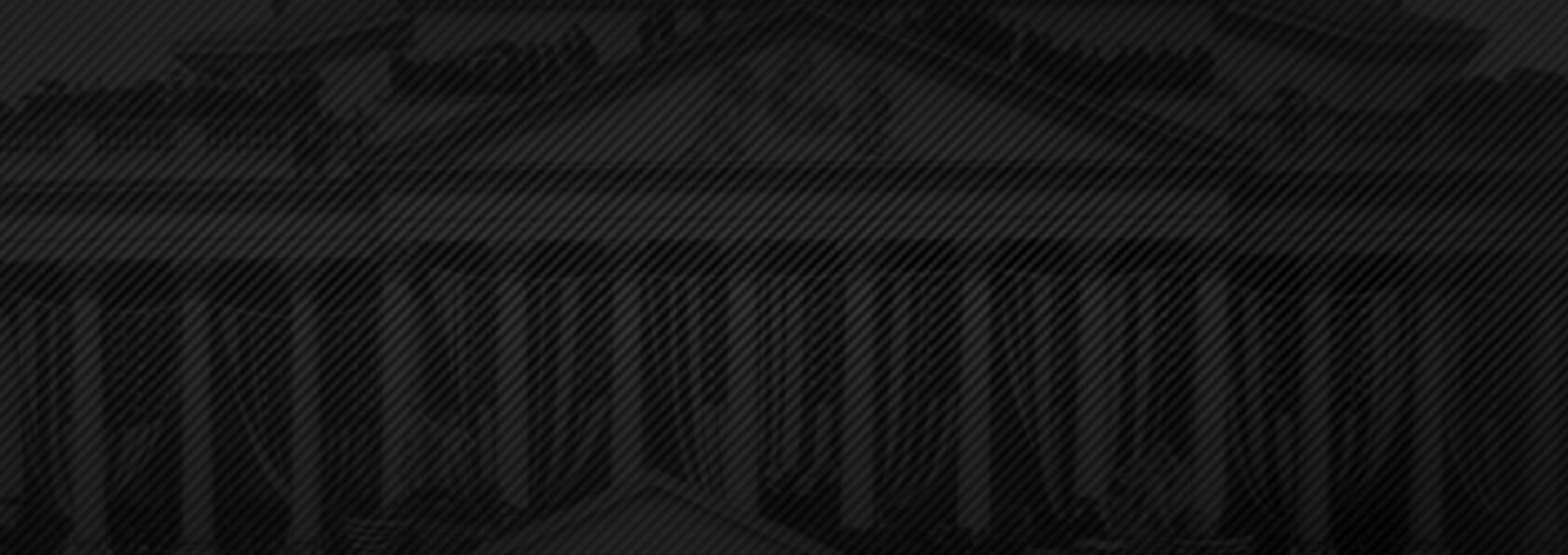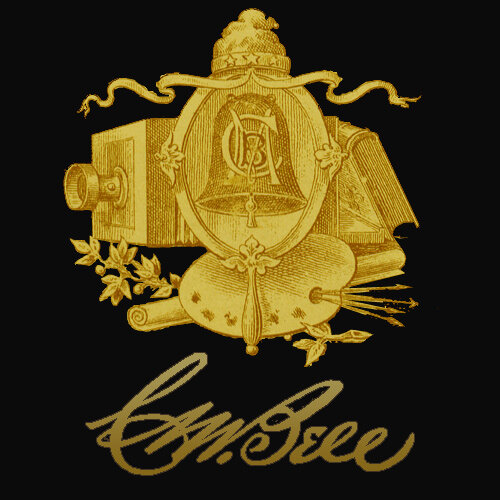
“Do Something”: A Letter from Frederick Douglass to an Abolitionist in Ireland
“Do Something”: A Letter from Frederick Douglass to an Abolitionist in Ireland | by Manisha Sinha
A letter to Maria Webb in Ireland, written by Frederick Douglass during his lecture tour to the British Isles (1845–1847), reveals his emergence as an independent voice of abolition. Already famous as a lecturing agent for William Lloyd Garrison’s Massachusetts Anti-Slavery Society, Douglass’s star turn on the international abolitionist lecture circuit broadened his horizons. A reporter for the Herald of Freedom, the journal of the New Hampshire Anti-Slavery Society, described Douglass’s oratorical skills: “He was an insurgent slave, taking hold on the right of speech, and charging on his tyrants the bondage of his race.” 1
In 1845 under Garrison’s auspices, Douglass had published his bestselling Narrative of the Life of Frederick Douglass, An American Slave, Written by Himself. It was the unprecedented success of his narrative, selling nearly five thousand copies in the first four months of its publication, that led to a hastily arranged lecture tour abroad. In the book Douglass had revealed his identity and that of his erstwhile masters and, as Garrison warned him, he was in danger of re-enslavement under the federal Fugitive Slave Law. It seemed prudent for him to leave the country for a time.
While in Britain, Douglass remained identified with the Garrisonians, calling himself “an out and out old organized abolitionist.” 2 The Garrisonian-dominated American Anti-Slavery Society was known as Old Organization or Old Org and the newly formed American and Foreign Anti-Slavery Society, composed mostly of anti-Garrison evangelical abolitionists, was called New Organization or New Org after the abolitionists split in 1840 over politics, religion, and women’s rights.
Feted abroad, Douglass gradually outgrew the Garrisonian wing of the abolition movement. However, Douglass’s letter shows that, like many black abolitionists before him, he was now loath to engage in internecine warfare with other abolitionists and clearly felt that all factions of the abolition movement should train their fire on their “common enemy”: slaveholders and their defenders. As the editors of the black abolitionist newspaper the Colored American feared, divisions among abolitionists led to “forgetting the slave and the outraged colored community.” The newspaper recommended “independence of thought and principle” among black abolitionists.3 Similarly, Douglass makes clear in the letter his respect for all abolitionists who are “laboring earnestly for our Common object,” the destruction of slavery: “let us not waste time in picking flaws in the Character of this or that society.” He urges all abolitionists to “Do Something” and adds, “So says the slave.” In short, Douglass is asking abolitionists from different factions of the movement to set aside their personal and political differences to labor together in the slave’s cause.4
Douglass clearly penned this letter in a hurry, in the midst of his highly successful lecture tour, but his words highlight his position as a bona fide leader of the abolition movement. He gave more speeches during his eighteen-month sojourn than any other American abolitionist. Garrison, who joined him in the latter half of the tour, reported that he was the “lion of all occasions.” Douglass met abolitionists of all stripes and lectured for a variety of causes—abolition, temperance, and the peace movement. He collaborated with British Garrisonians such as George Thompson, who lectured with him, and Richard Webb, the Quaker abolitionist and printer in Ireland, who helped him publish the British edition of his popular Narrative. He also attended meetings of the anti-Garrisonian British and Foreign Anti-Slavery Society by invitation and spoke before it. With Garrison, Thompson, the American Garrisonian Henry C. Wright, and William Lovett and Henry Vincent of the London Workingmen’s Association, he founded the Anti-Slavery League, an alliance between abolitionists and the Chartist movement, which was fighting to get the right to vote for working men in Britain. As he makes clear in his letter, Douglass did not hesitate to work with opposing factions of the abolition movement.
The fact that Douglass’s letter is addressed to Maria Webb, who was probably related to Richard Webb, is also significant. Richard Webb, a staunch Garrisonian, arranged Douglass’s lecture engagements in Ireland. He and his extended family hosted Douglass on many occasions. It is quite likely that Douglass had stayed in Maria Webb’s home since he asks her to convey his “regards” to her husband and “dear children.” While Richard Webb and Douglass cooperated to make his stay abroad a success, they did not get along personally. Webb found Douglass to be too arrogant, overly sensitive, and disrespectful of his companion, the Quaker abolitionist James N. Buffum. Buffum had traveled in steerage with Douglass during their transatlantic journey when Douglass was refused a first-class berth on the Cunard liner Cambria.
Douglass seems to have had a better relationship with Maria Webb, who was married to William Webb, was a member of the Belfast Ladies Anti-Slavery Society, and wrote several books on Quaker history.5 Letters from Maria Webb decrying Garrisonian religious views in the 1840s and 1850s reveal that she was not a Garrisonian like Richard Webb. Perhaps that is why Douglass writes about overcoming factional differences within the abolition movement to her. She later supported Douglass during his break with Garrison.
Douglass’s successful British sojourn helped him raise funds to buy his freedom and start his own newspaper. He remained identified with the Garrisonians on his return to America in 1847, when he moved to Rochester, New York, and started publishing the North Star. It was not until 1851 that Douglass broke with his mentor Garrison over Garrison’s interpretation of the US Constitution as a proslavery document that protected the institution, believing that a liberal reading of the Constitution could support an antislavery interpretation. In this, Douglass joined political abolitionists like Gerrit Smith associated with the abolitionist Liberty Party. This independence of spirit and views is already evident in this remarkable letter of 1846 when Douglass calls upon abolitionists to bury their differences and wage a united war against slavery. That was precisely what would happen during the Civil War, when abolitionists of all stripes supported the Union war effort and pressured the Lincoln administration to act on emancipation.
A letter from Frederick Douglass to Maria Webb, December 3, 1846
(Th e Gilder Lehrman Institute of American History, GLC08360c, p. 1)
Transcript of a letter from
Frederick Douglass to Maria Webb, December 3, 1846
Manchester 3d. Dec. 46
My Dear Friend—Yours via, Newcastle reached me yesterday.
I was most happy to hear from you– and especially to find you
still active – and determined to persevere in the good cause, I
am a lover of freedom – and am no dictator – My course is clear.
I am an out an out old organized abolitionist, and would that
all others were the same but if such they are not – and cannot
be – and do not think it their Duty to be – Why however much
I may deprecate the disagreement – yet I trust always to be able
to respect and appreciate their motives and even take pleasure in
their movement. If they be laboring earnestly for our common
object, The slave holder, and his apologist are our common
enemy – Against him and they let our bolts be hurled – And let
us not waste time in picking flaws in the character of this or that
society or this or that individual, Do Something is my Motto.
If you can – & do as I do – Do Something. Let something be
done. So says the slave.
I am in too much haste to write you a long letter. I am
surrounded by pressing engagements though all of this you
know – and I shall therefore [not] attempt any apology.
My Dear Friend with kind regards to Mr. Webb and the
Dear children
I am most sincerely
Frederick Douglass
1. Reprinted in The Liberator, February 24, 1844.
2. Frederick Douglass to Maria Webb, December 3, 1846, The Gilder Lehrman Institute of American History, GLC08360c.
3. The Colored American, February 10 and 17, 1838.
4. Douglass to Webb, December 3, 1846.
5. There was another Maria Webb, wife of Thomas Webb, in the Belfast Ladies Anti-Slavery Society, but the Maria Webb addressed in Douglass’s letter was most likely the author married to William Webb.


